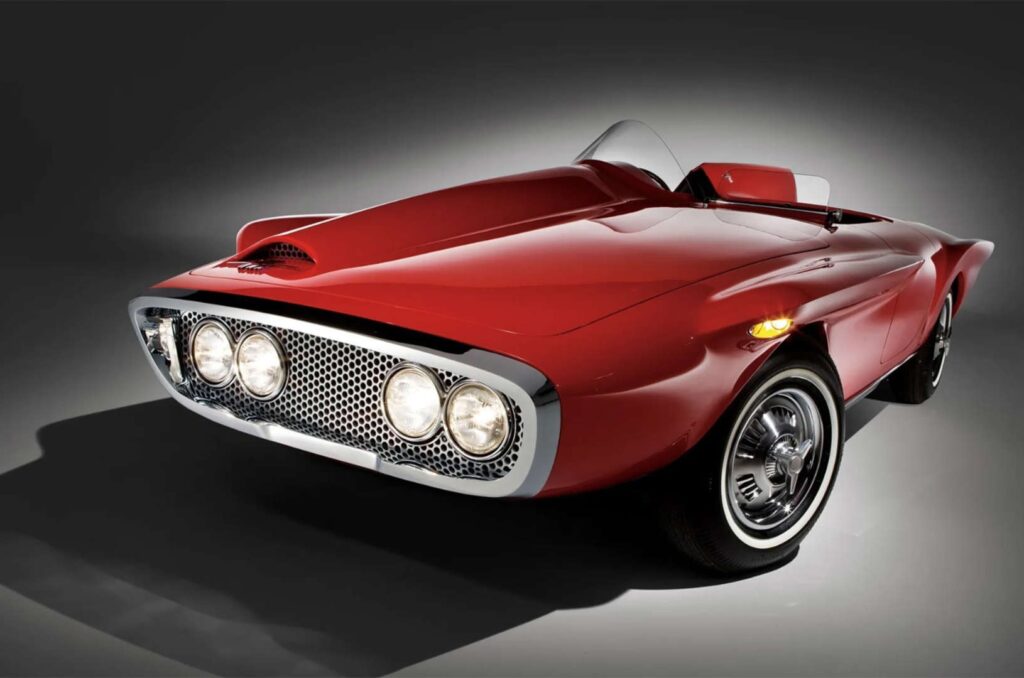
Lopsided lovelies
Automotive design usually focuses on clean, symmetrical lines, but sometimes stylists throw away the rule book and experiment with asymmetry.
Cars with these quirks are few and far between. Some ambitious concept cars have been bestowed with uneven styling but, for the most part, asymmetry isn’t a valued characteristic of production cars.
Whilst some cars have an obvious imbalance, others feature more subtle styling.
And, for the vast majority, they feature some kind of asymmetry for a reason, whether it be aerodynamics, functionality or a lack of space to hide something.
Here, in chronological order, we’ve rounded up some of the best asymmetrical car designs – enjoy!
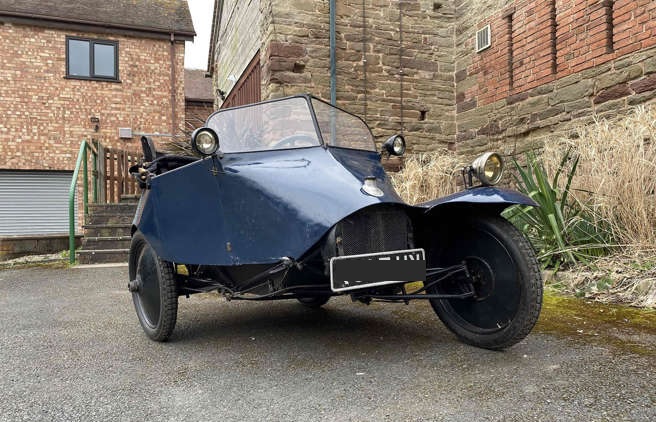
1. 1921 Scott Sociable
We start with the earliest and perhaps one of the strangest on our list.
The Scott Sociable stemmed from sidecar machine-gun carriers created for the First World War.
Unlike other three-wheelers, its single front wheel sits in the same position as it would if it were on a normal four-wheeled car. Obviously this means handling is compromised and steering at speed is tricky.
The Scott Sociable was supposed to be used for military applications but, perhaps unsurprisingly, it didn’t do well in this market.
Instead it was repurposed for road use and production began in 1921, although the idea was first announced in 1916. It’s thought around 200 were made over three years, before production concluded in 1924.
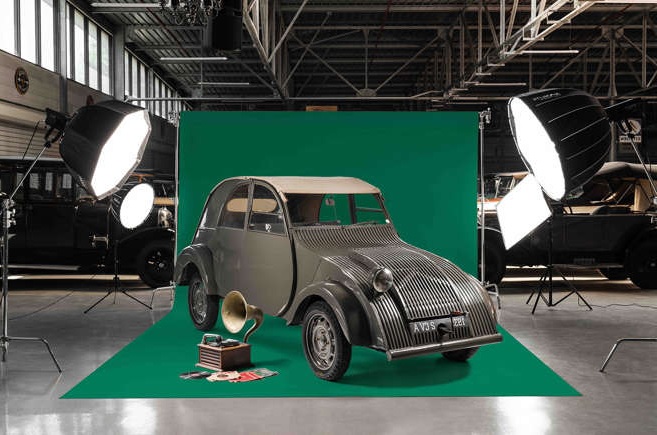
2. 1939 Citroën 2CV Prototype
First known as the TPV (Très Petite Voiture or very small car), this was the prototype of the Citroën 2CV.
It was an incredibly basic design that just met the legislative requirements of the time, which allowed one headlight, hence the single lamp.
By the time the 2CV reached production, it was a little more conventionally styled, which undoubtedly helped its decades-long manufacturing run.
The idea was to make a small car capable of carrying 50kg (110lb) smoothly over rough surfaces.
Citroën worked to perfect the recipe and produced 250 TPVs before launching the 2CV.
These were created using corrugated aluminium for the bodywork and the interior was sparse, making an incredibly lightweight vehicle.
Inside, the bare minimum was fitted, to the point that the driver had a deckchair-style seat with suspended fabric, instead of a seat cushion.
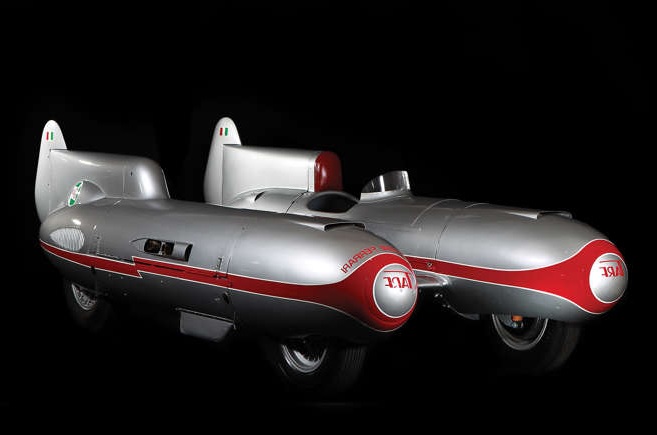
3. 1951 Piero Taruffi ‘Italcorsa/Tarf II’ speed-record car
From 1951 to 1952, this car was driven to seven speed records by its designer, Mille Miglia winner and Formula One driver Piero Taruffi.
Sitting in the 2000cc class, Tarf II was originally fitted with a 1720cc Maserati four-cylinder engine with two-stage supercharging.
The powertrain features a chain-driven rear axle and instead of a steering wheel it was equipped with control sticks.
Speed records set in the Tarf II include a flying mile at 185.49mph and a flying kilometre at 180.55mph.
In 1952 an additional five records were set, starting with a 50-mile record reaching 144mph. The remaining four records in this vehicle were set on 3 April 1952, when Taruffi piloted the car to 50km at 140.87mph, 100km at 139.66mph, 200km at 136.60mph and a one-hour record at 135.10mph.
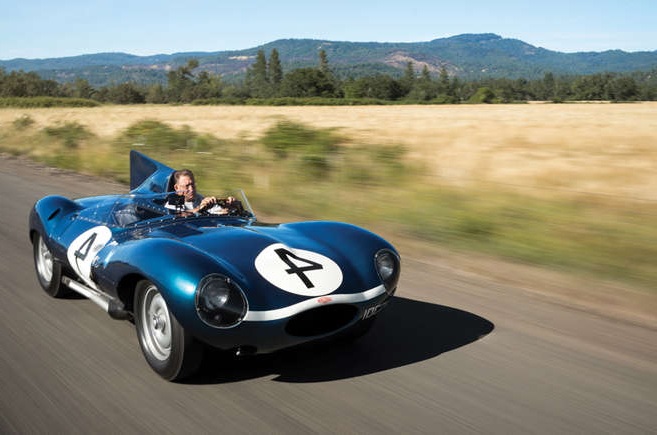
4. 1954 Jaguar D-type
Arguably one of the most iconic cars of its period, the Jaguar D-type puts its asymmetrical design to aerodynamic use.
Its development was heavily inspired by aircraft and Jaguar used a wind tunnel to optimise its streamlined shape.
Performance was the priority, so the front end was reduced to minimise drag, but this meant the bonnet had to be crafted around the 3.4-litre engine to make it fit.
To enhance its track capabilities, Jaguar added a fin behind the driver to create more stability at high speeds.
It clearly worked. The D-type was hugely successful. While its Le Mans debut didn’t go to plan, in the following three years, 1955-’57, the D-type claimed victory at the 24-hour race.
5. 1956 Lotus Eleven
True to Colin Chapman’s vision for Lotus, the Eleven was an extremely lightweight, simple sports car.
Three versions were available for just two years from 1956 and, all told, around 270 were made before production ceased.
The roadgoing version was dubbed Sport, and had a Ford engine and drum brakes, the Club version used a Coventry Climax engine, while the top-spec Le Mans edition, for serious racers, had a choice of Coventry Climax engines and disc brakes.
Source: classic & sports car